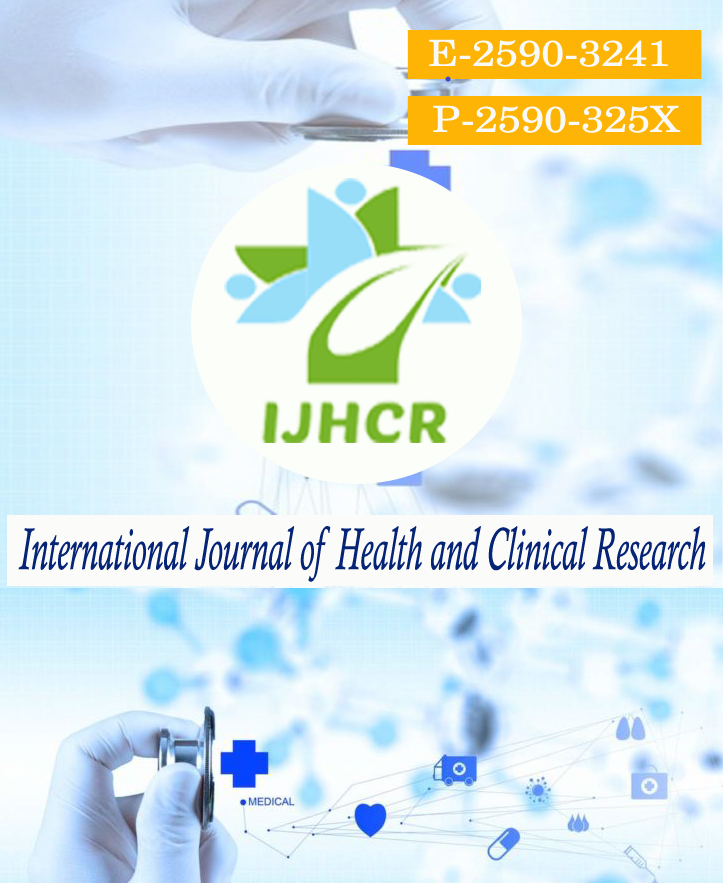Diltiazem as an Antispasmodic Drug in Radial Artery
Keywords:
Acute coronary syndrome, Percutaneous coronary intervention, Intra-arterial Diltiazem.Abstract
Background: Coronary catheterization is usually performed via the transfemoral approach. Transradial access offers advantages in comparison with transfemoral access, especially under conditions of aggressive anticoagulation and antiplatelet treatment in which bleeding complications at the femoral puncture site can result in increased morbidity and duration of hospitalization. Aim: This study was designed to compare the two different doses of IAD (Intra Arterial Diltiazem) during Trans Radial (TR) coronary procedure. Materials and Methods: This study is a prospective study, double blinded, randomised study comparing 5 mg (Group-I) versus 10 mg (Group-II) of IAD in patients undergoing coronary procedures. Results: Males were more than females in both the groups. The highest number of patients were in age group in both the groups was 50-60 years. Baseline characteristics were comparable between the two groups, There was no statistically significant difference between the two groups in the incidence of pain, spasm, need of additional drugs. In group I, patients needed more hemodynamic support. There was no statistically significant difference between the two groups in the sheath cannulation time. LOC to seath time was 4.2 ± 4.9mins in group I and it was 3.7 ± 3.6 mins in group II, and the p value was 0.15. S to C time was 3.3 ± 2.5 mins in group I and it was 3.4 ± 3.3 mins in group II and the p value was 0.447 and procedure time was 28.5 ± 18.2 mins in group I and it was 32.4 ± 19.9 mins in group II and the p value was 0.008. Conclusion: IAD is an effective antispastic agent that can be used in transradial procedures. 5 mg of bolus of diltiazem is as effective as 10 mg.
Downloads
Published
How to Cite
Issue
Section
License
Copyright (c) 2021 Sayyid Mohammed Khilar

This work is licensed under a Creative Commons Attribution 4.0 International License.






 All articles published in International Journal of Health and Clinical Research are licensed under a
All articles published in International Journal of Health and Clinical Research are licensed under a 